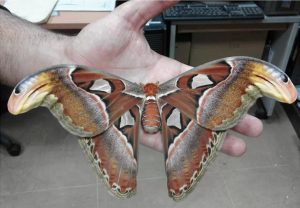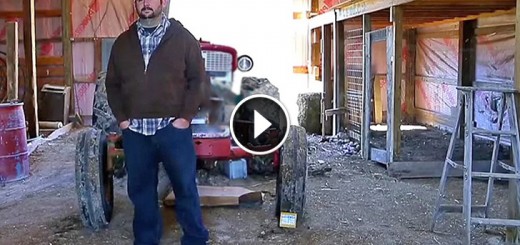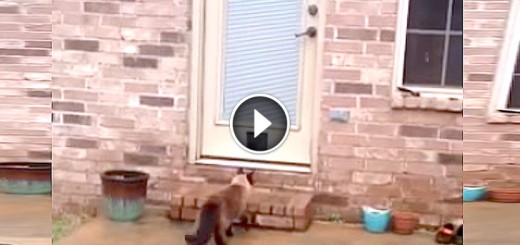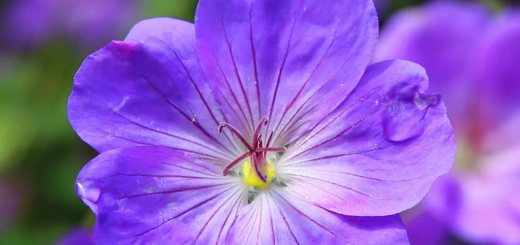Angry-looking ‘snakes’ spotted lurking in tree, but everything is not as it seemed
The intricate web of interactions among various species within Earth’s ecosystems never fails to captivate with its diversity and adaptability.
Amidst this marvel, a recent viral sensation stirred intrigue as images of what appeared to be three menacing snakes hiding in a tree circulated online.
However, the truth behind these captivating pictures reveals a fascinating tale of mimicry and survival.
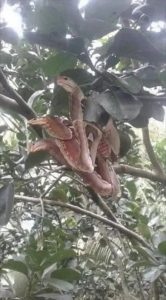
In reality, the “angry snakes” were a clever optical illusion created by the wings of two different Atlas moth species.
These magnificent insects, native to Asian forests, boast an impressive wingspan of up to 24 cm and possess a unique ability to mimic the appearance of a snake for protection.
Despite their grandeur, Atlas moths lead brief lives, focused primarily on reproduction and safeguarding their eggs.
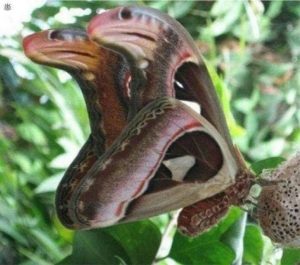
The remarkable mimicry of the Atlas moth extends beyond mere appearance, with individuals employing strategies like falling to the ground and fluttering their wings to resemble a snake’s head when threatened.
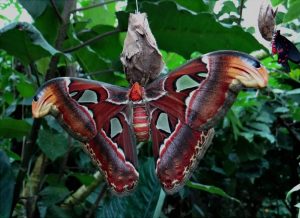
While encounters with these awe-inspiring creatures are typically confined to tropical forests, rare sightings have occurred in unexpected locations like Europe and the United States, sparking wonder and admiration among onlookers.


